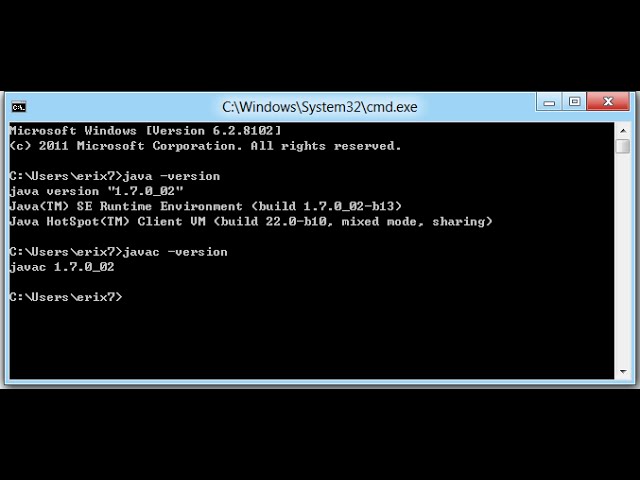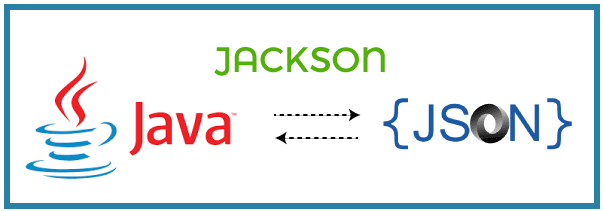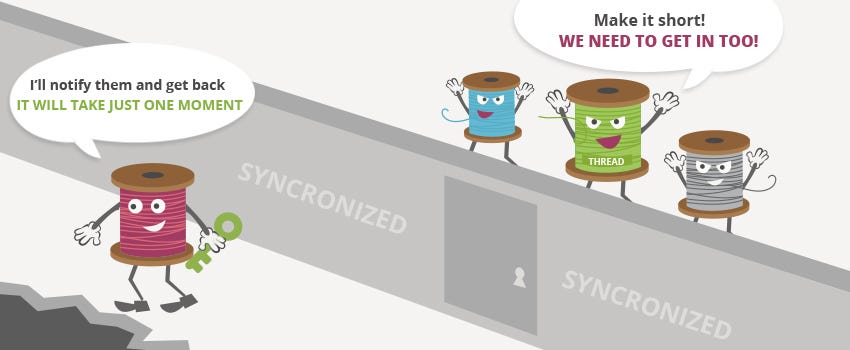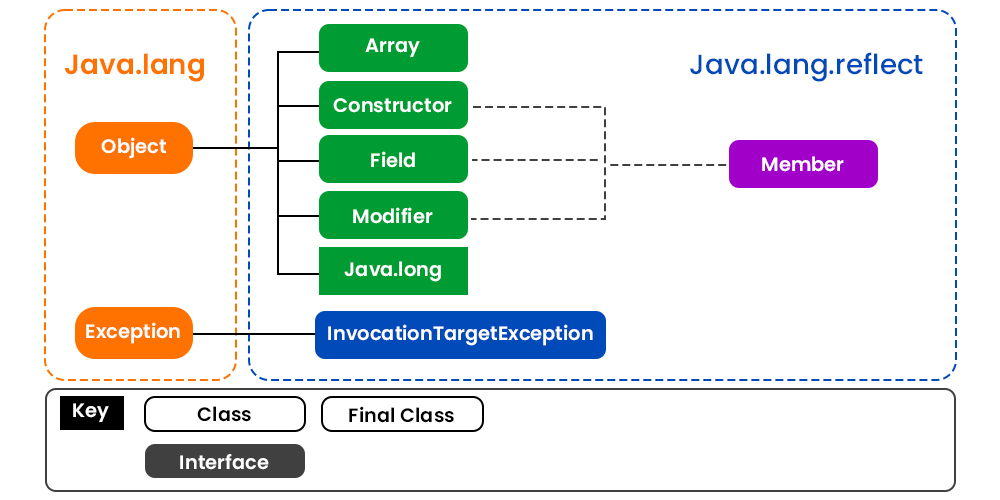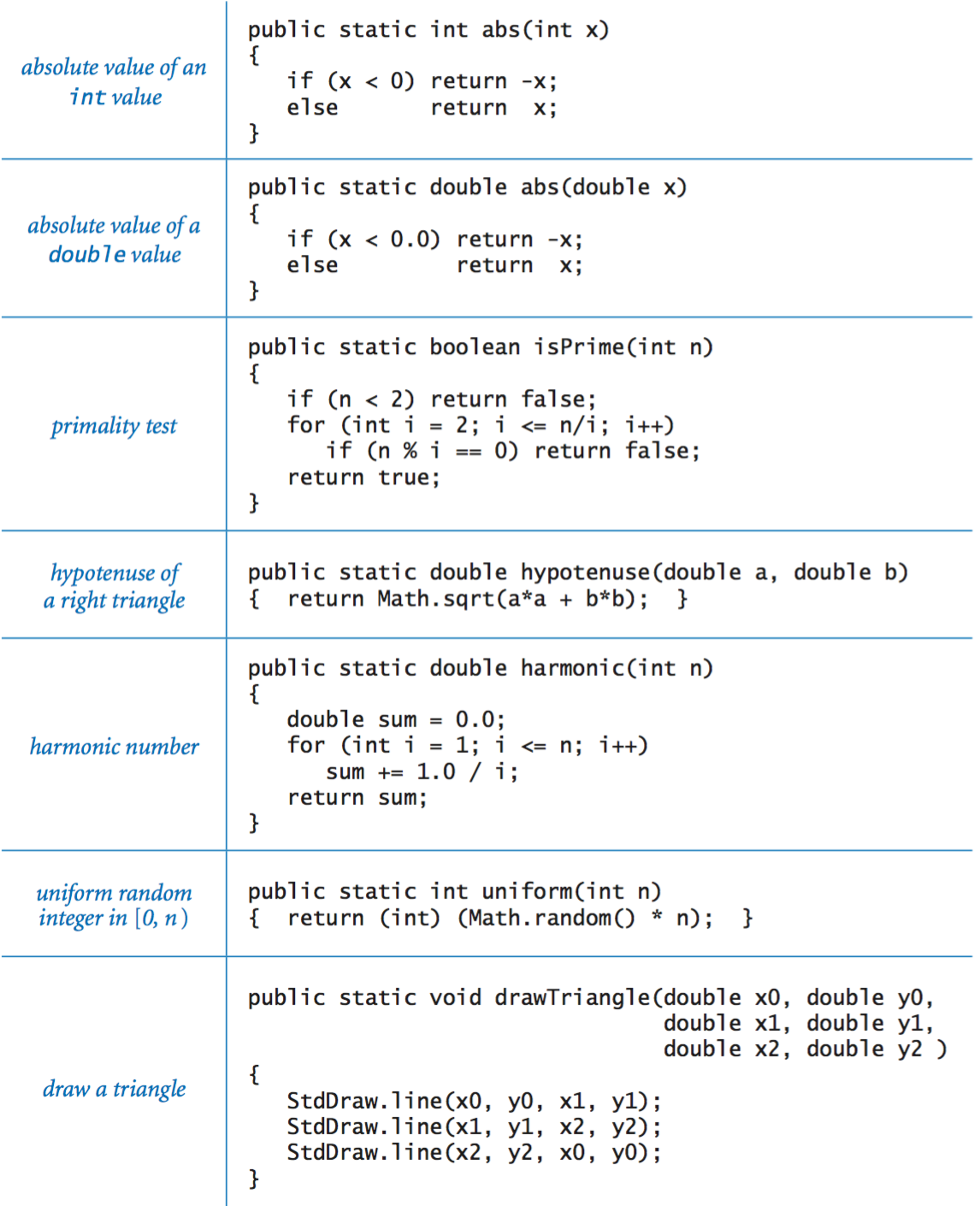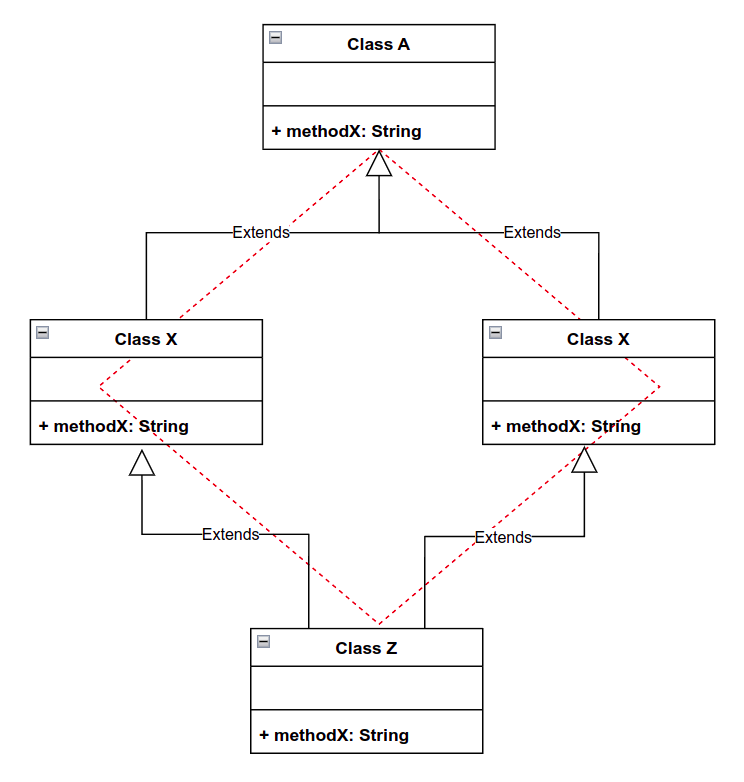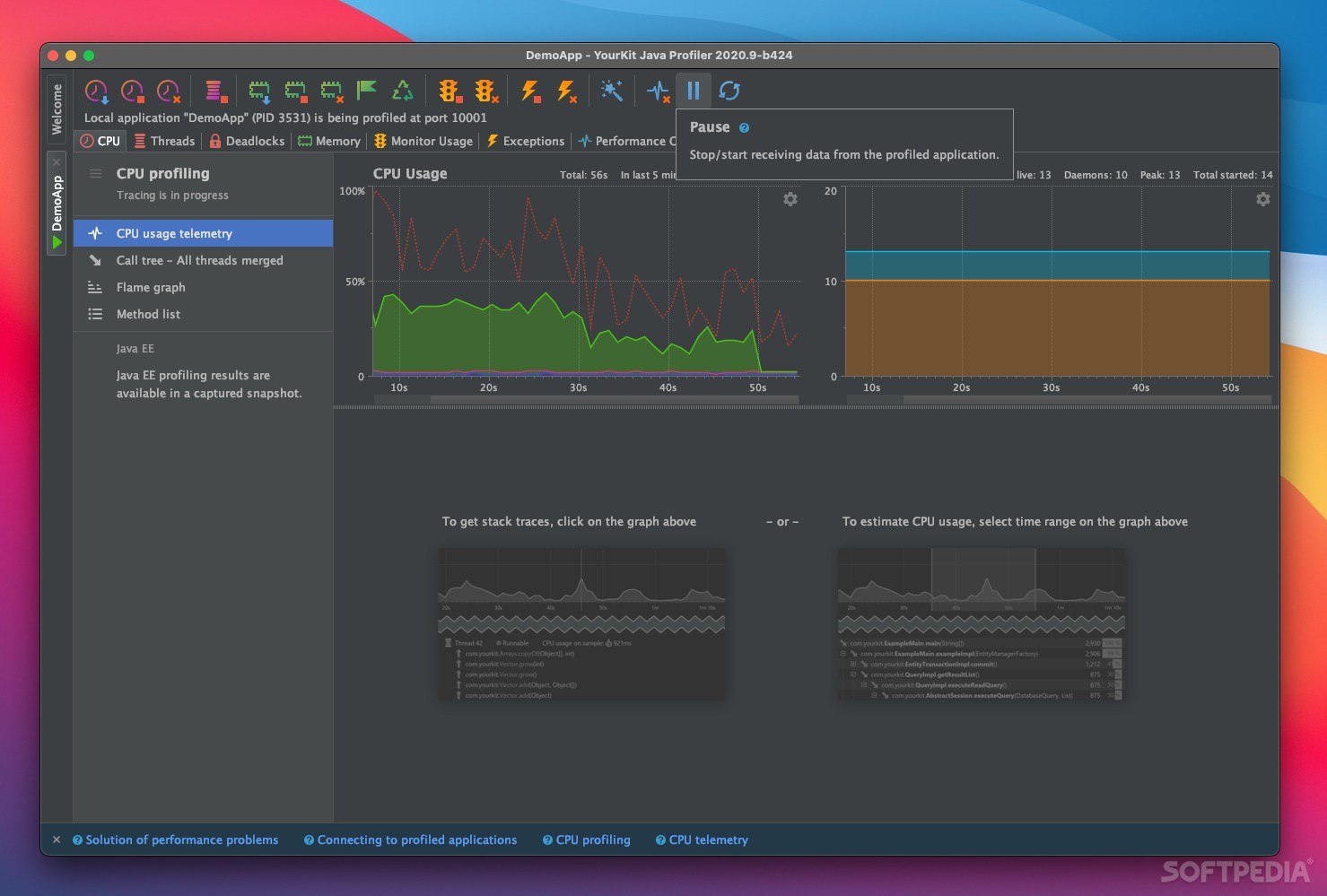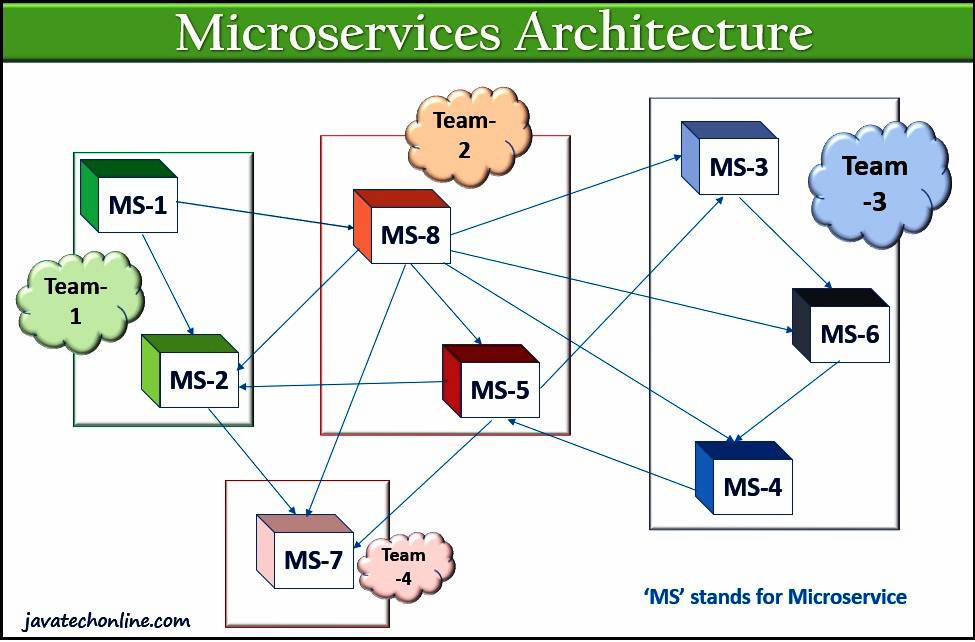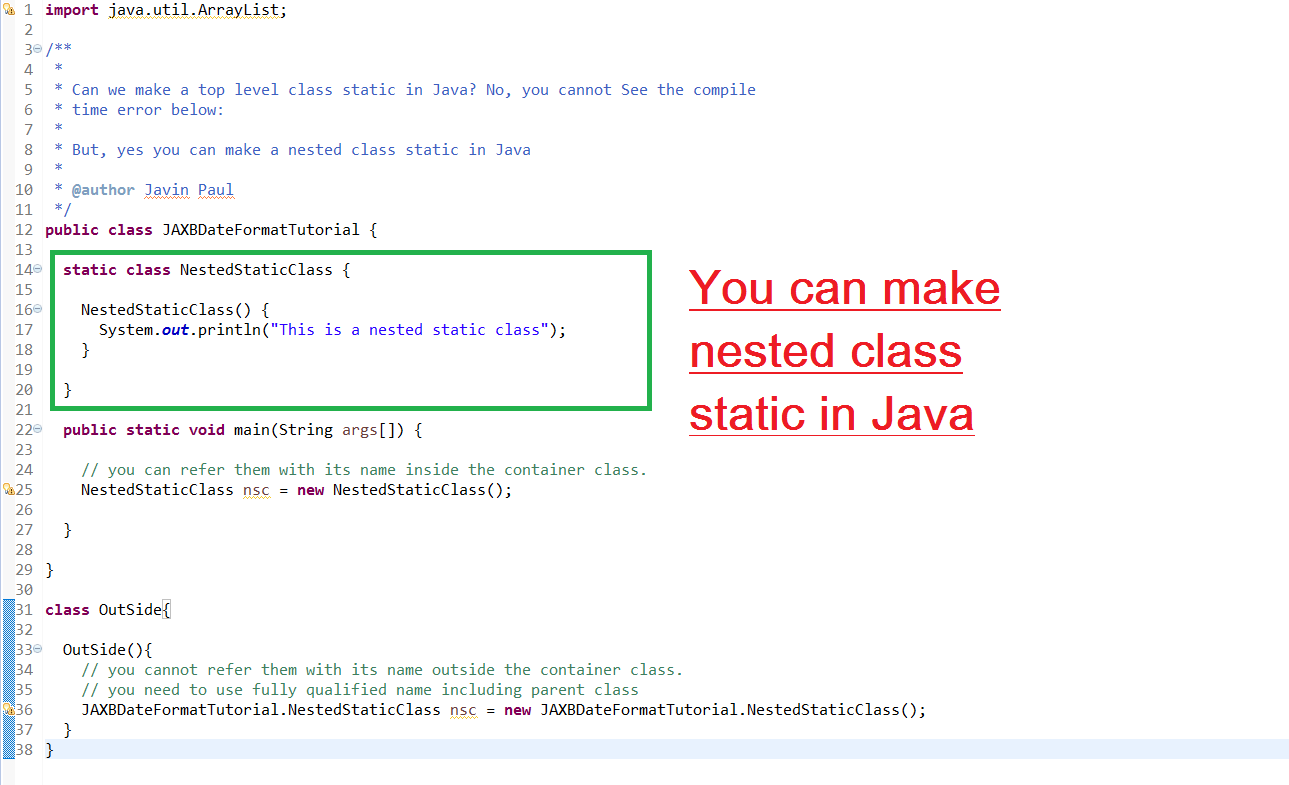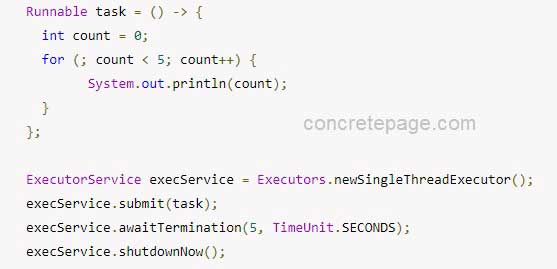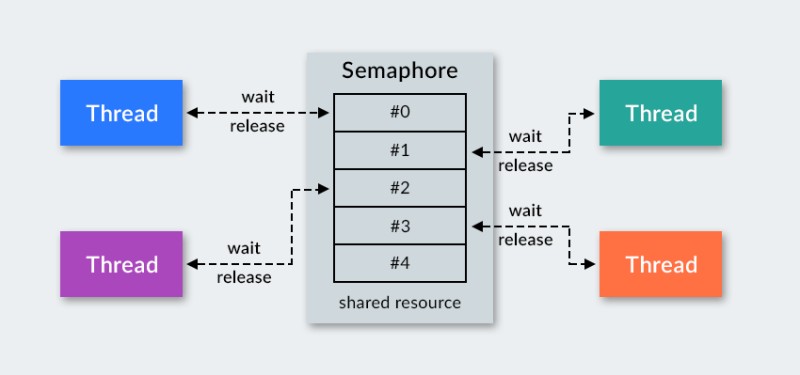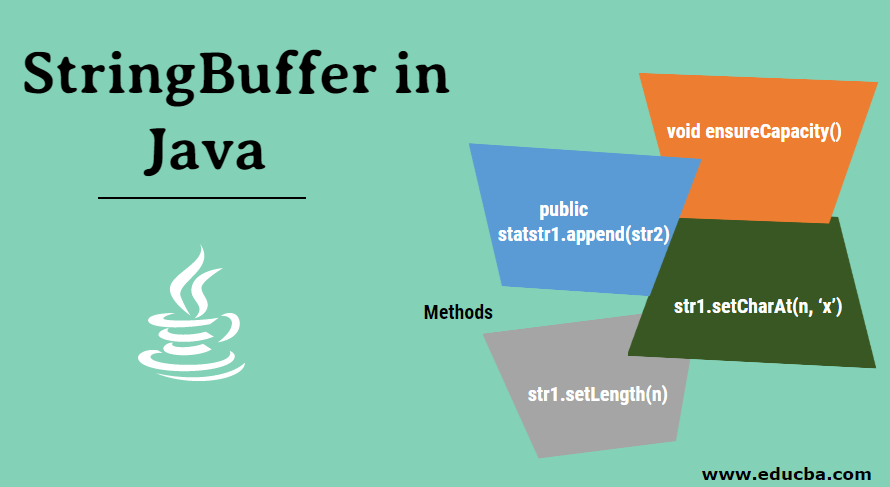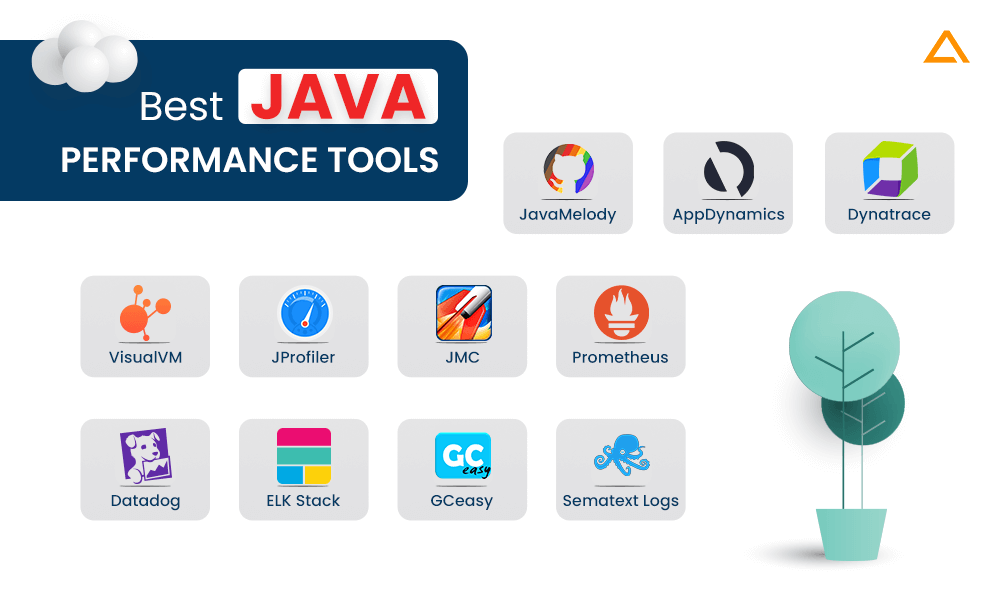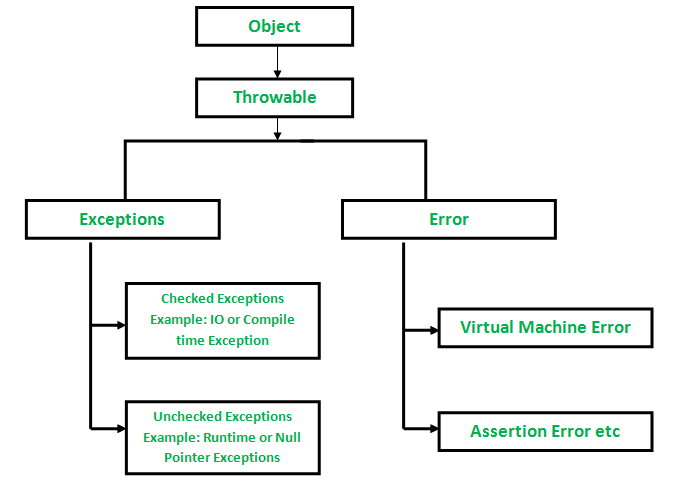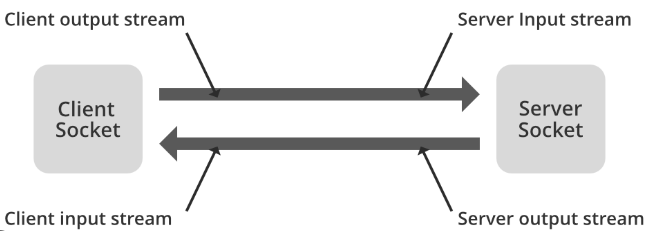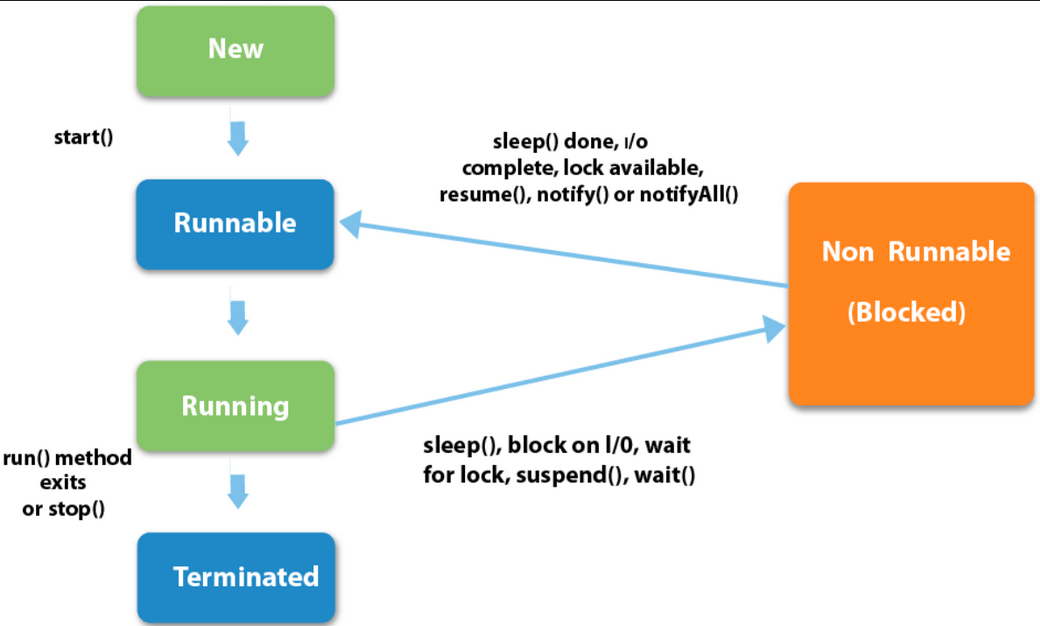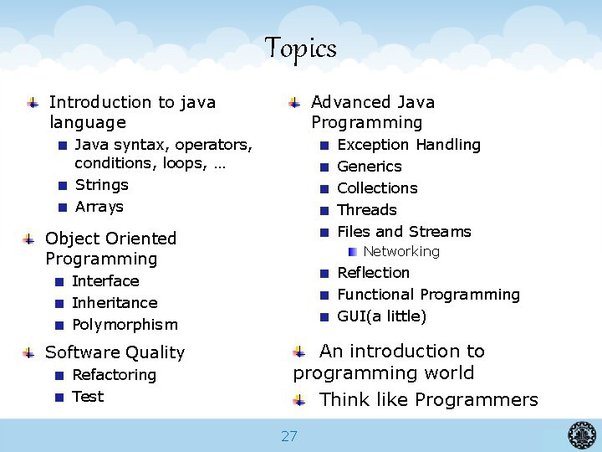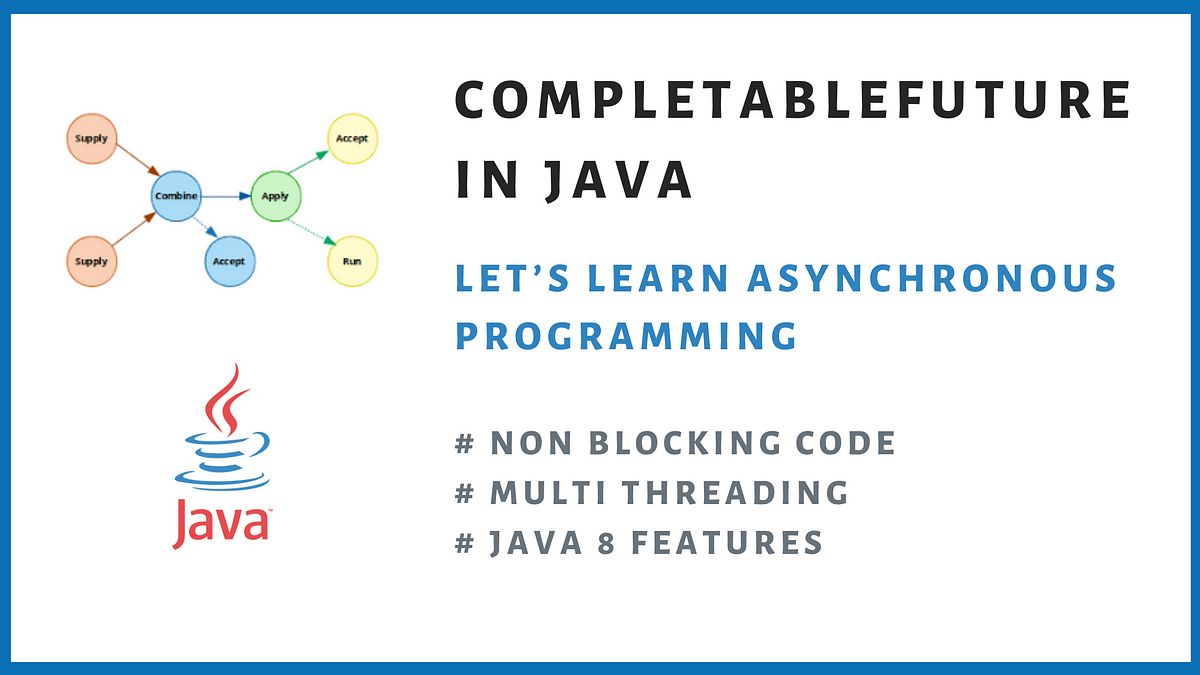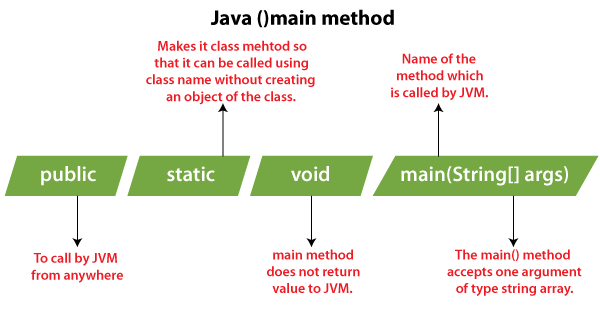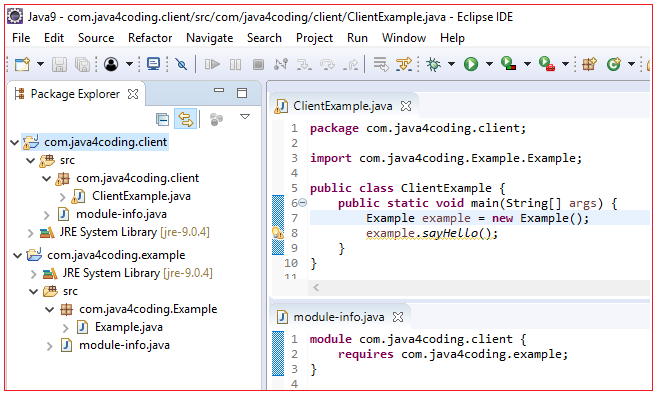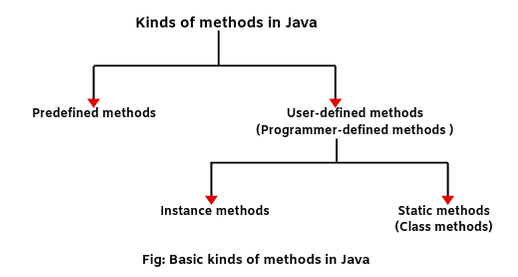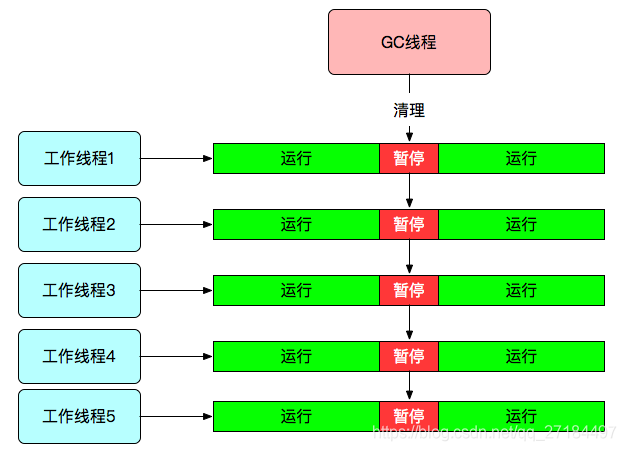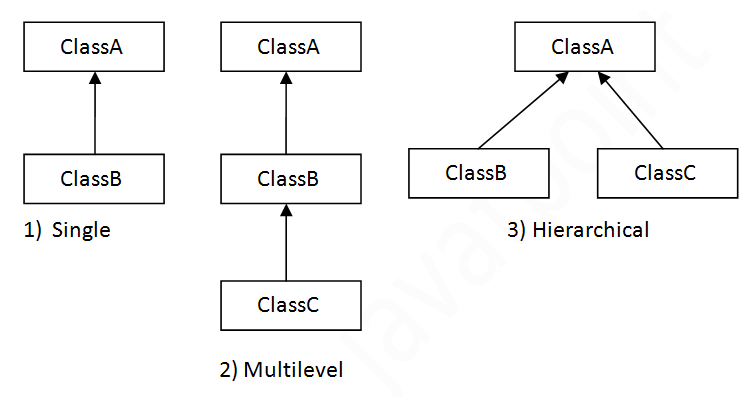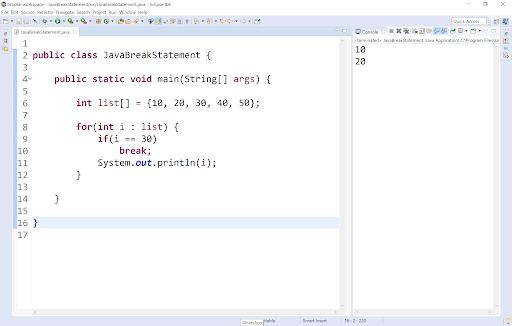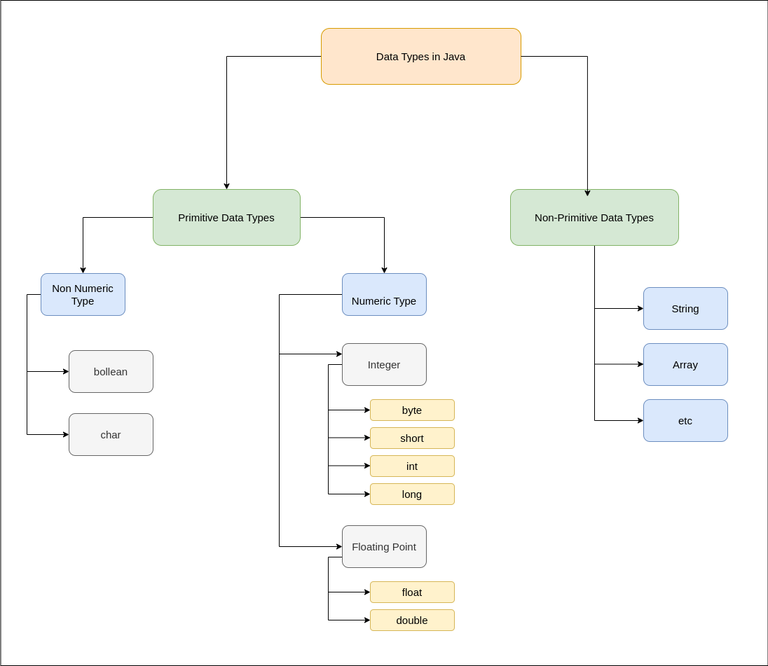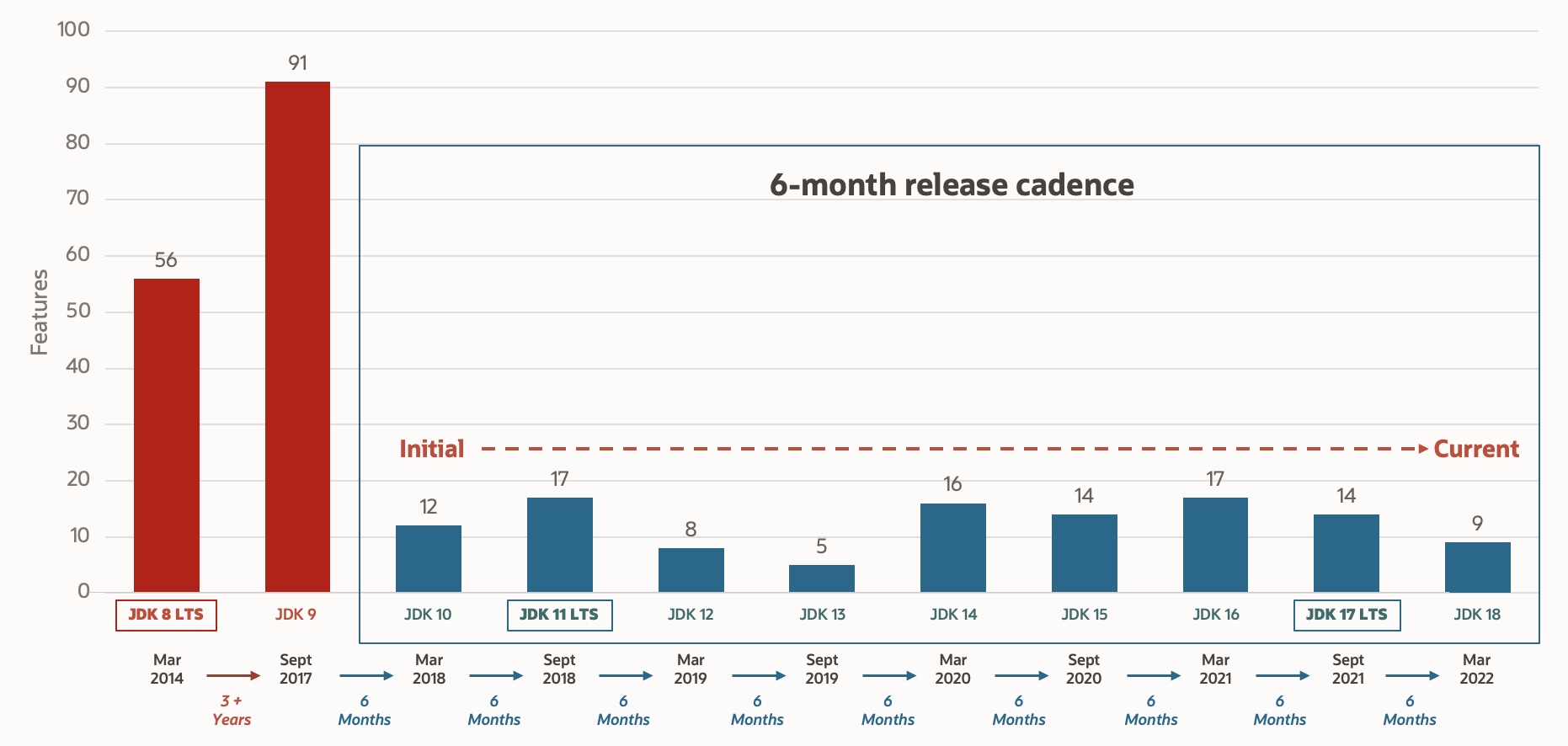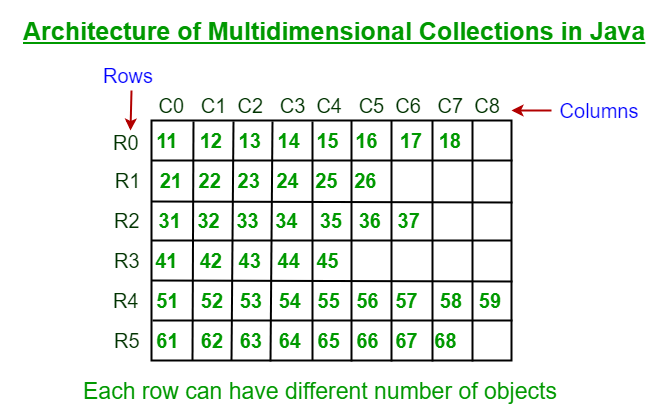What is the difference between fiber and thread in Java?
What is the difference between fiber and thread in Java?
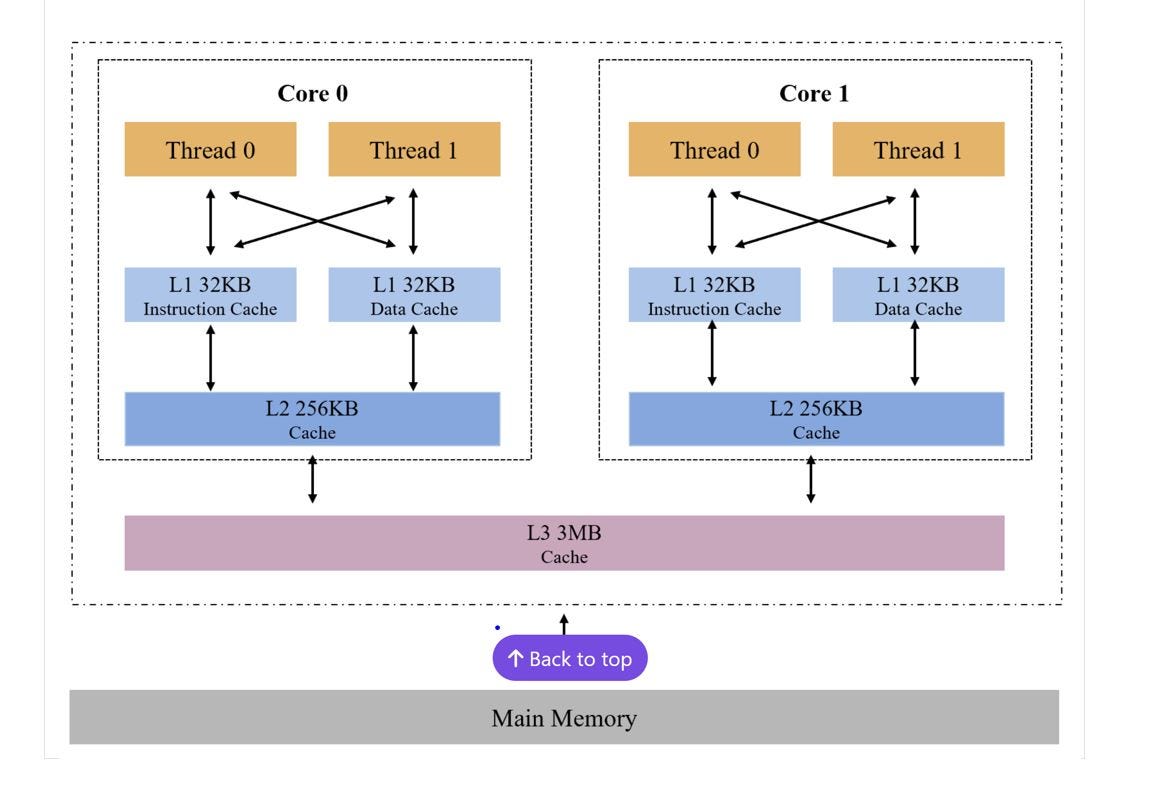
In Java, Fiber and Thread are two fundamental concepts that allow a program to execute multiple tasks concurrently. While they share some similarities, there are significant differences between the two.

Threads
A Thread is a lightweight process within an operating system that can be executed independently by the CPU. In Java, a Thread is an extension of the Runnable interface and represents a single flow of execution in a program. When you create a new thread, you're essentially creating a new path for your program to execute along. Each thread has its own:
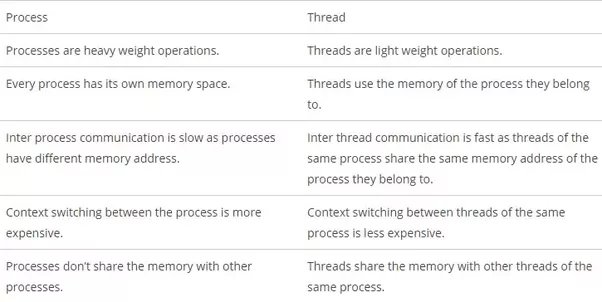
Java threads can be used to perform concurrent I/O operations, such as reading from a file or network socket, without blocking other parts of your program. Threads also enable you to run multiple tasks simultaneously, which is essential for many applications, like GUI-based programs or server-side applications that need to handle multiple requests at once.
Fibers
A Fiber (also known as a lightweight thread) is a user-space concept that allows a program to yield control back to the operating system without creating a new kernel-level thread. In Java, fibers are not built-in and require additional libraries or frameworks to implement. A fiber represents a single unit of work that can be executed concurrently with other fibers.
The key differences between fibers and threads lie in their:
Context Switching: When a fiber yields control, the operating system does not create a new thread context switch. Instead, it only updates the program counter to point to the next fiber's execution position. This makes fibers cheaper than threads in terms of overhead. Memory Usage: Fibers typically consume less memory than threads because they don't require a separate stack or PC.Fibers are useful when you need to perform lightweight concurrency within a single process, such as handling multiple network connections simultaneously without creating new threads. They're often used in high-performance computing, scientific simulations, or other applications where low-overhead concurrency is essential.
When to use each
Use Threads when:
Use Fibers when:
In conclusion, while both threads and fibers enable concurrency in Java programs, they serve different purposes. Threads are suitable for executing independent tasks concurrently, whereas fibers are better suited for lightweight, intra-process concurrency. Understanding the strengths and weaknesses of each will help you choose the right tool for your specific use case.
project loom java 17
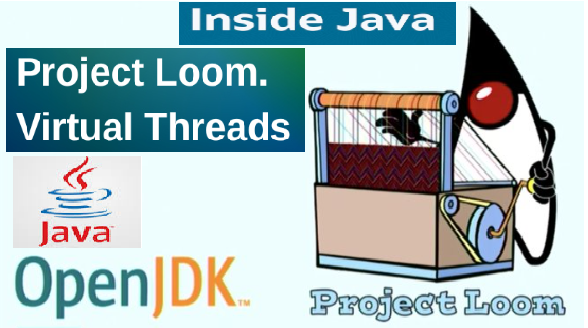
I'd be happy to provide information on Project Loom and Java 17.
Project Loom is an experimental project that aims to develop a lightweight, high-performance alternative to traditional threads for Java. It was announced at JavaOne 2018 and has been actively developed ever since.
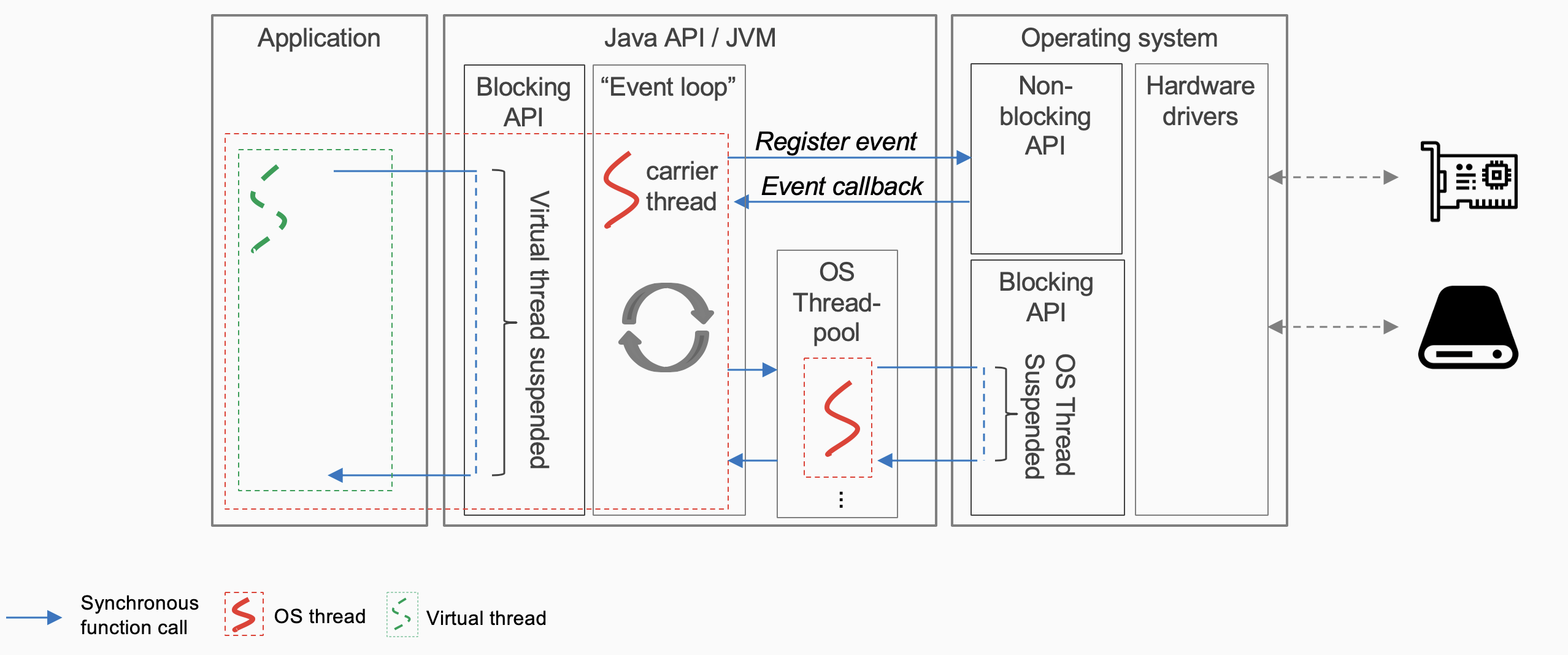
The main idea behind Project Loom is to create a new concurrency model that can run alongside the existing thread-based one. This new model, called "Fiber" or "Loom", is designed to be more lightweight and efficient for I/O-bound operations. In traditional Java threading, each thread has its own stack memory space, which can lead to significant memory overhead. Project Loom solves this issue by allocating a minimal stack size for fibers, making them much cheaper to create.
One of the key features of Project Loom is the ability to yield control back to the runtime when a fiber reaches an I/O-bound operation, allowing other fibers to run concurrently. This allows for more efficient handling of I/O operations, such as reading from disk or network sockets.
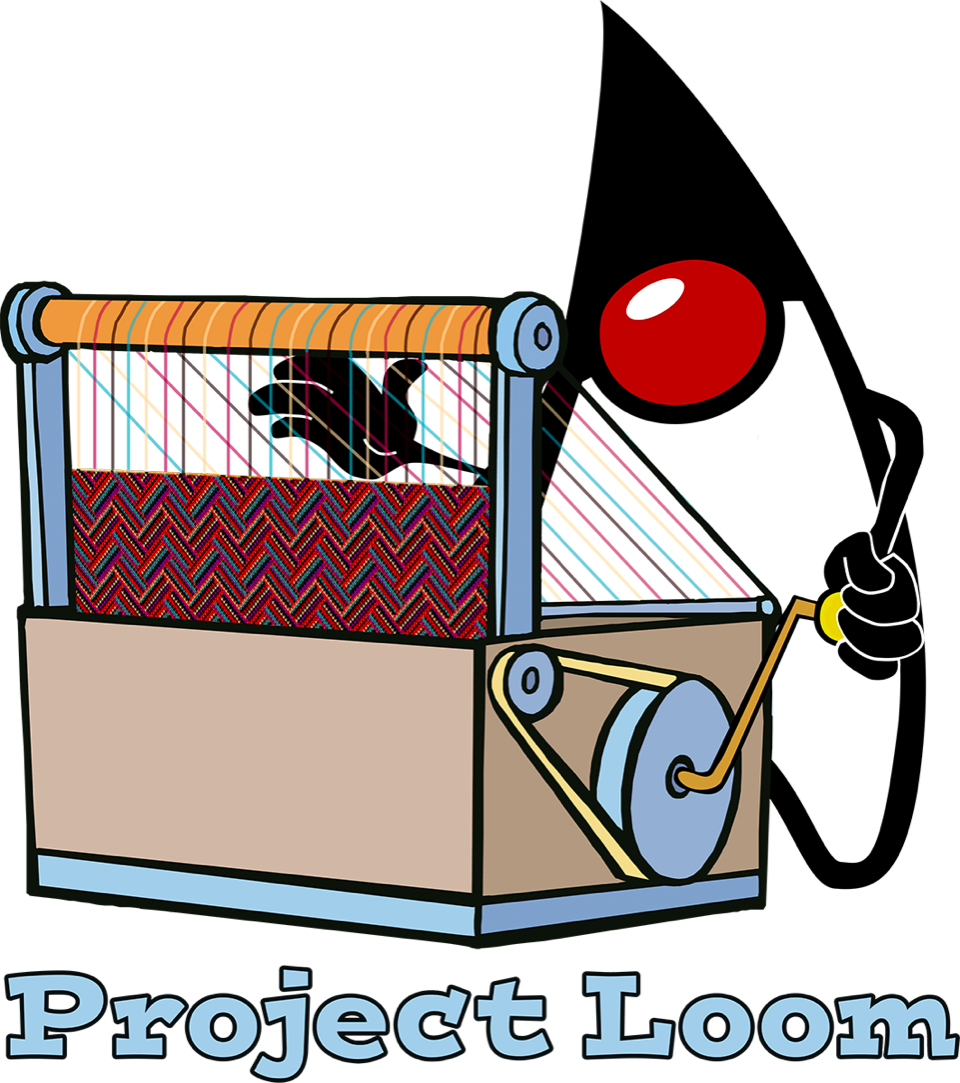
Project Loom also includes a new CompletableFuture API that can be used to create asynchronous code that is easier to read and maintain than traditional callback-based APIs. Additionally, Project Loom includes support for structured concurrency patterns like "async/await" and "coroutines", which enable developers to write more expressive and readable asynchronous code.
Java 17, also known as the "Camel" update, includes many exciting features and improvements, one of which is the addition of Project Loom. Java 17 allows you to run fibers concurrently with traditional threads, enabling more efficient handling of I/O-bound operations. The new API for CompletableFuture in Java 17 makes it easier to write asynchronous code that is safe and maintainable.
Some benefits of using Project Loom and Java 17 include:
Improved performance: By leveraging lightweight fibers instead of heavy-weight threads, applications can achieve better performance for I/O-bound operations. Simplified concurrency patterns: The newCompletableFuture API and structured concurrency patterns make it easier to write asynchronous code that is safe and maintainable. Better resource utilization: By allocating minimal stack sizes for fibers, applications can use fewer resources than traditional threads.
In conclusion, Project Loom and Java 17 provide a powerful new way to handle concurrency in Java. With its support for lightweight fibers, structured concurrency patterns, and improved APIs, this technology is poised to revolutionize the way we write concurrent code.
